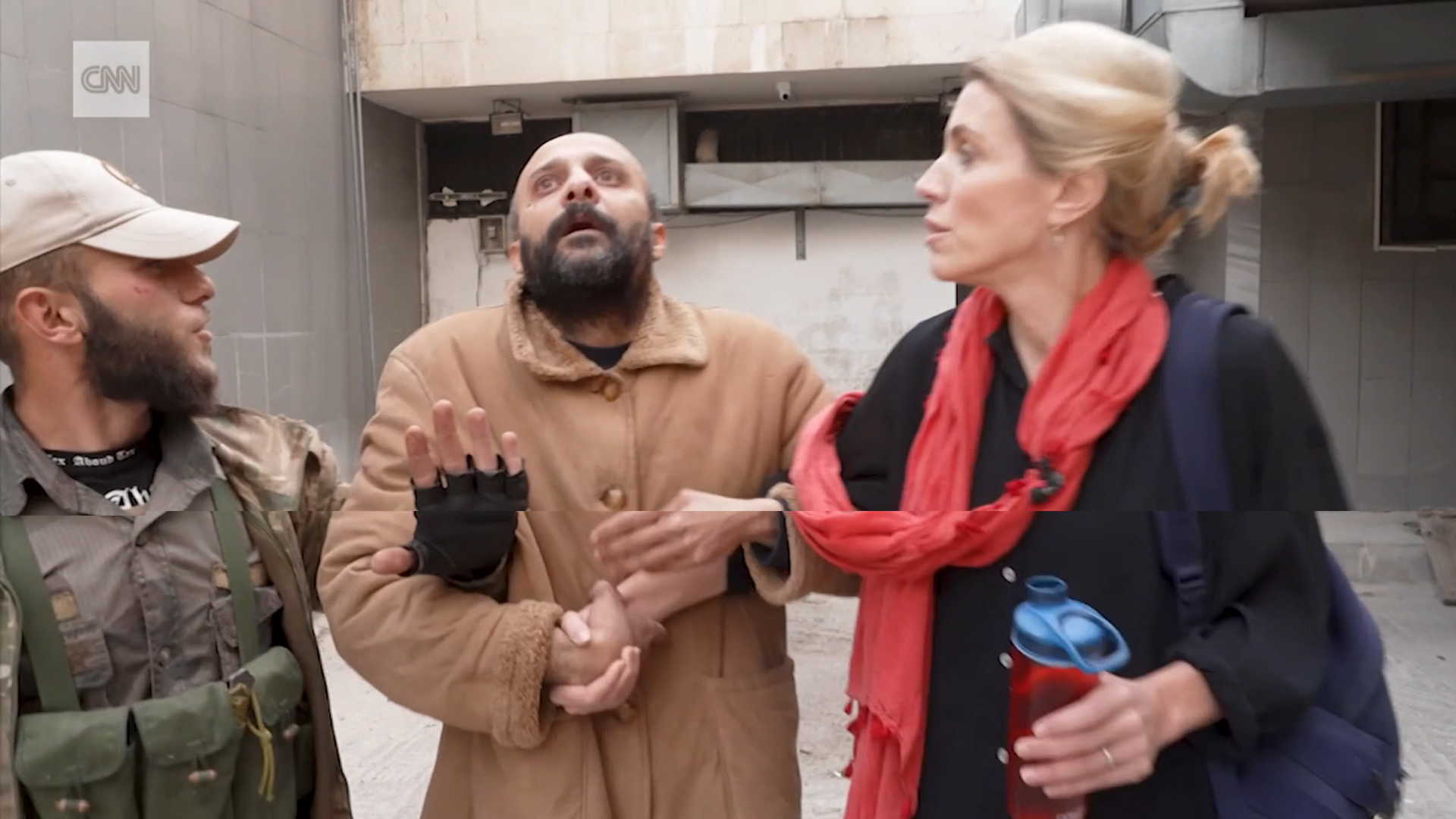
A recent CNN report claiming to have discovered a prisoner in a secret Syrian jail has drawn criticism after an investigation revealed the purported victim was allegedly a former Air Force Intelligence officer with a history of human rights violations.
The December 12 broadcast, which aired across CNN's platforms, showed correspondent Clarissa Ward and an armed escort discovering a man who identified himself as "Adel Gharbal" in a Damascus prison cell. The subject claimed he had been detained for three months after a phone search, spending his time in complete darkness.
However, an investigation by Verify-Sy, a Syrian verification platform, has identified the man as Salama Mohammad Salama, also known as "Abu Hamza," a first lieutenant in Syrian Air Force Intelligence. According to testimony from residents of Homs' Al-Bayyada neighborhood, Salama operated security checkpoints and allegedly engaged in systematic extortion and civilian abuse.
The investigation revealed several inconsistencies in the CNN report. Despite claims of three months without sunlight, the man showed no photosensitivity when exposed to natural light. His well-groomed appearance and absence of visible injuries appeared inconsistent with prolonged solitary confinement under harsh conditions.
Local sources in Homs told Verify-Sy that Salama's actual detention stemmed from a dispute over extorted funds with a superior officer and lasted less than a month. More significantly, multiple witnesses identified him as having participated in military operations in Homs in 2014, allegedly involving civilian casualties and systematic torture of detainees.
The case raises questions about the verification processes of international media outlets operating in conflict zones. Verify-Sy noted that Salama has reportedly been seeking to reshape his public image since the regime's fall, including deactivating social media accounts and changing his phone number.
While Ward's presence in Damascus was reportedly connected to the search for missing American journalist Austin Tice, the report's focus on a single detainee in an otherwise empty facility has prompted further scrutiny of the circumstances surrounding the broadcast.